Lidding foil is mostly made from a thin layer of aluminium, with a printed primer on one side and coating material for heat seal sealing on the other. The sealing materials are HSL, VMCH, LDPE, Paper, and PET. The sealing to plastic blister casually PVC, PVDC, or other polymer heat sealing most common method used to bond the aluminium foil to the blister
Different types of lidding materials are available to meet pharmaceutical finished product requirements.
- Hard aluminium for push-through application.
- Soft aluminium for child-resistant.
- Paper aluminium for peel-off application.
- PET aluminium for peel-off and child-resistant.
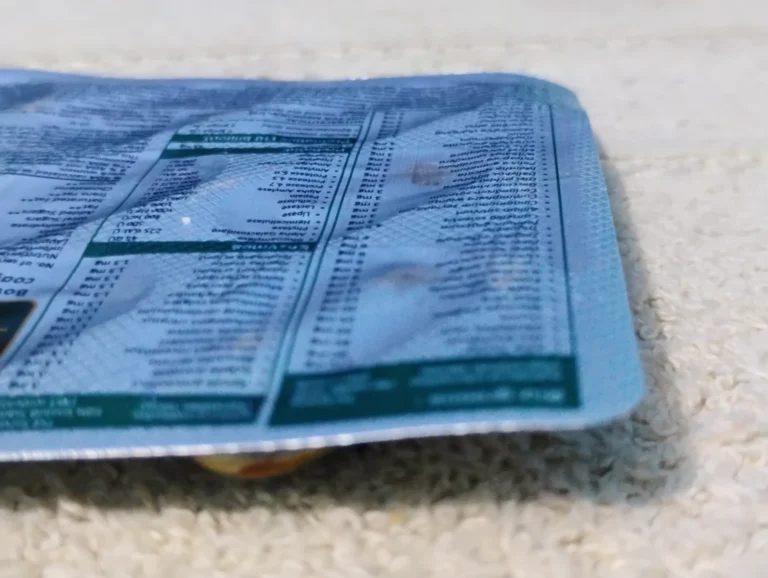
Why is Important for Lidding Foil in Pharma Packaging?
The pharmaceutical packaging of finished products is tablets and capsules packed in the Blister packaging. The blister packaging consists of two parts. Cold form packaging and lidding foil. In the blister packaging in the upper part is lidding foil. It is made from an aluminium combination with a heat seal layer, paper, PET, PE and other plastic nylon, PVC.
The aluminium layer plays an important role in pharmaceutical packaging. The aluminium layer has good moisture, vapour, contamination and product stability, product life. The aluminium layer low cost and easy combination with another layer. In combination with another layer, the lidding foil makes a strong bonding of the layer. It’s bonding properties important role in blister packaging.
What is a type of Lidding Foil?
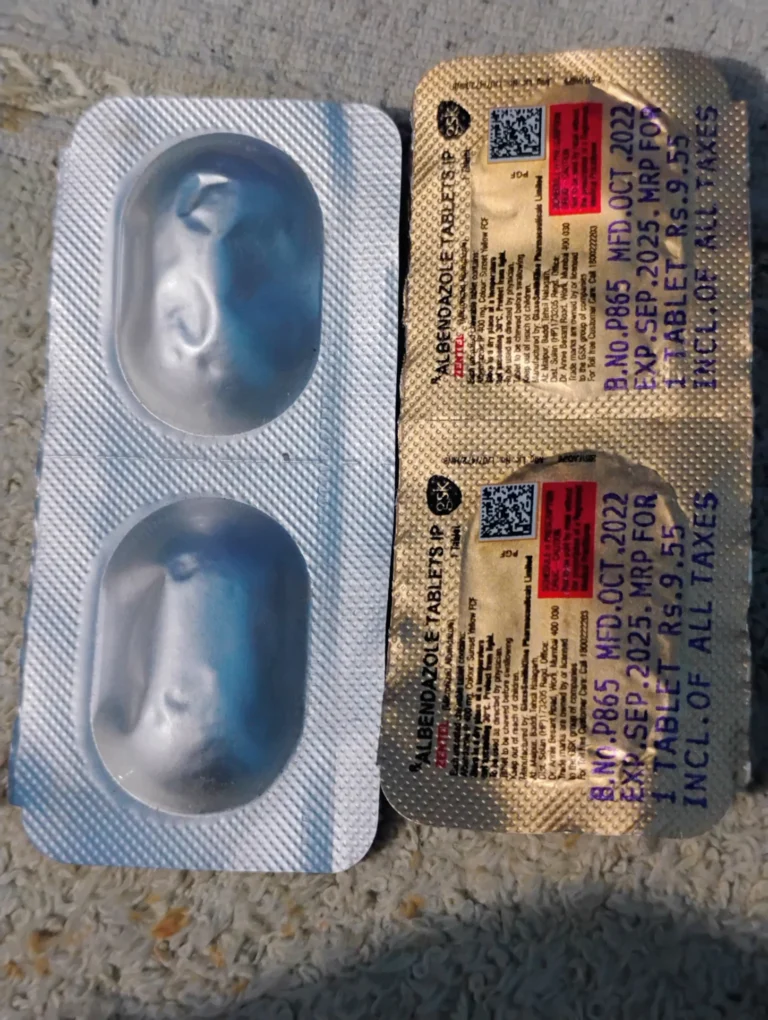
Lidding foil has various types, the different types of lidding foil pharmaceutical packaging requirements, and the 8 common types of lidding foil. They depend on their combination layer.
- Push-through foil: it is made from soft aluminium foil. Soft aluminium foil is made from a thin layer of aluminium foil that is coated with an LDPE Layer. Soft aluminium foil is used in standard blister packaging where the products are pouch out through the foil. The soft aluminium allows for easy push-through by patients. The soft aluminium foil provides excellent protection against moisture, oxygen and light.
- Child-resistant foil: it is made from a thin layer of aluminium foil laminated with paper, polymer (like PET, PVC.LDPE) or other material.
Child-resistant foil prevents children from getting access to medication and often requires a specific method to open. Such as peeling or applying pressure in a particular way. That could be harmful to them. It allows easy access for adults and senior citizens.
These requirements of packaging material of finished product have various packaging types of different opening operations. This type of foil maintains strong barrier properties while enhancing safety features.
- Pee-label foil: it is usually a thin layer of aluminium foil laminated with polymer (like PET, or LDPE). It is used in blister packs, rather than being pushed through. This is common for fragile pharmaceutical finished products like tablets, capsules, and powders or where dosing accuracy is critical.
Its foils provide a strong barrier but allow for easy access without damaging the product
- Paper-backed foil: its foil is usually a thin layer of aluminium foil laminated with paper or other fibers. It is used where additional printing is required or to provide a more rigid and durable packaging solution. It is often used in combination with child-resistant features.
It is prevents the moisture and gases with added strength from the paper layer
- Cold-form foil (alu-alu): the thin layer of aluminium foil is laminated with a multi-layered structure typically consisting of aluminium, nylon and PVC. Its foils are used for high sensitivity and require the highest level of protection. It is foil suited for highly sensitive formulations in the most aesthetically pleasing that protects water vapour and gases. The foil also provides mechanical protection for the product.
Cold-formed foil is not push-through and usually requires a pee-label lid.
- Heat seal foil: a thin layer of aluminium foil with a heat-sealable coating like coating HSL, VMCH. Its foil is designed to bond with various types of plastic blister material like PVC, and PVDC, AND Heat-seal lidding foil is used for sealing blister packs, ensuring a light and secure seal. Its foil is ideal for high-speed packaging lines.
- Paper/aluminium/polyethene (PAP FOIL): A thin layer is a combination of paper, aluminium and polyethene layers common in pharmaceutical packaging that requires additional rigidity and the ability to withstand handling without tearing. This combination of foil is good balance barrier protection and ease of handling.
- Paper (PET) /Aluminium/polyethene (petal foil): A layered structure that includes paper, PET, Aluminium and polyethene. This combination of foil requires both the ability to print details on the surface. Its foil is against moisture, moisture, oxygen and light with added mechanical strength from the PET layer.
I am Maneesh Maurya a professional pharmaceutical blogger from India having rich experience in the pharmaceutical Quality control field.
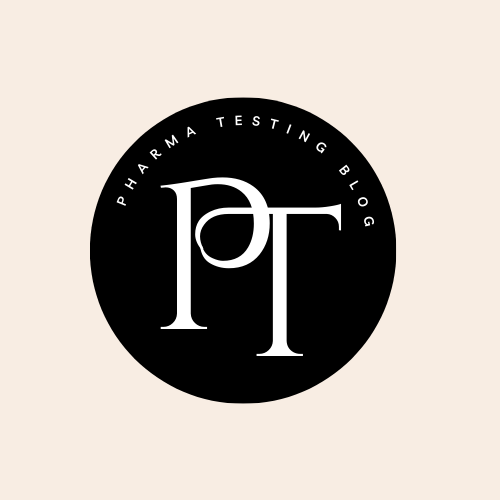
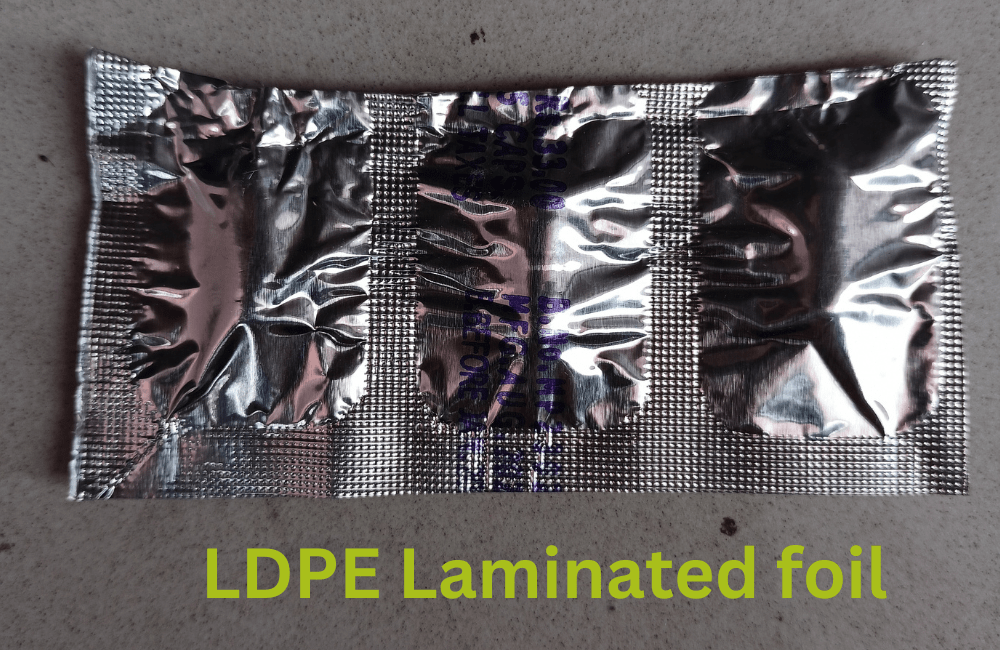
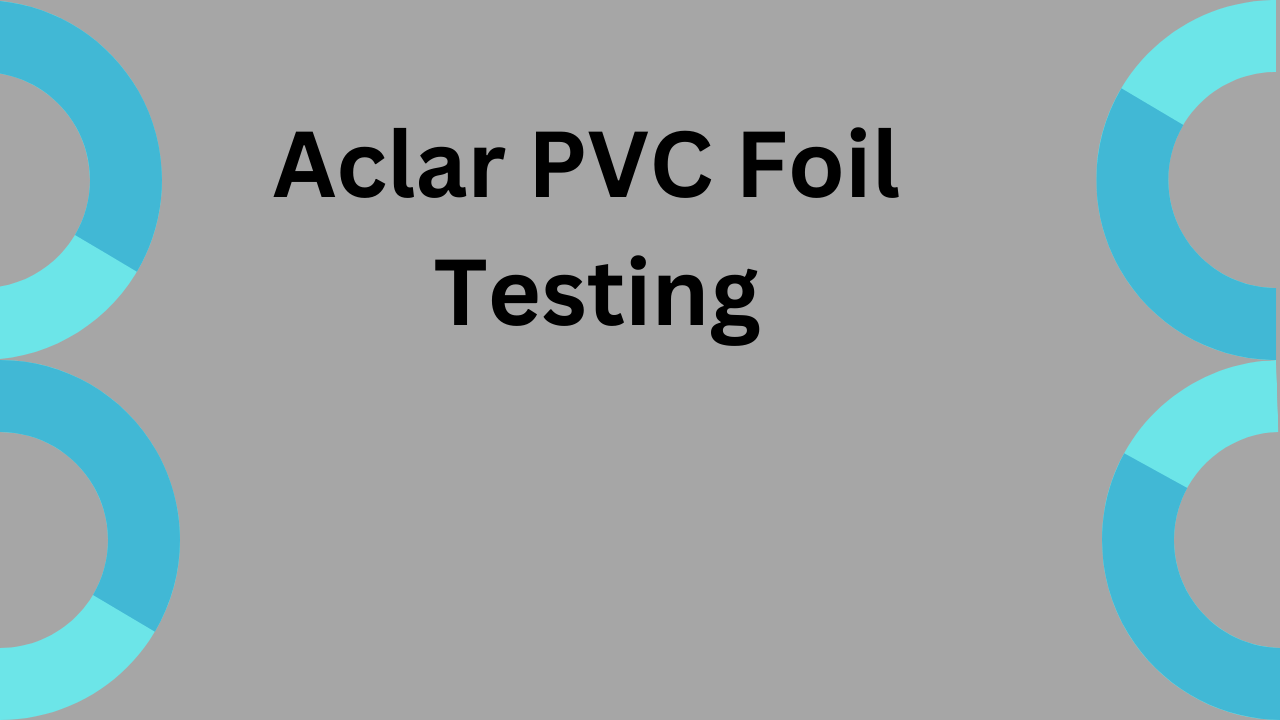

[…] pharmaceutical blister foil has two parts, the cold-form foil and the lidding foil, the lidding foil is the upper part of the blister packaging. Child-resistant foil is a type of Lidding foil. So it […]
[…] PET/Al/Ldpe triplex layer foil made from the structure is, the aluminum thin layer is a combination of one side of PET (Polyethylene Terephthalate) and the other side is Low-density polyethylene. The aluminium is sandwiched. The drug contact layer is LDPE. The aluminium layer is easily combined with each layer. It does not require an adhesive to attach the layer. Every layer is different- different properties. Its properties are combined with the foil are make a suitable triplex layer. This foil is used in blister packaging in the form of lidding foil. […]
[…] Aluminium foil is a type of primary packaging material. It is directly connected to the drug. It is coated with HSL/VMCH. The other side is printed with different types of ink. Aluminium foil testing depends on which coating type is on the coating side. the testing method was applied according to his coating type on aluminium foil. this foil used as lidding foil […]